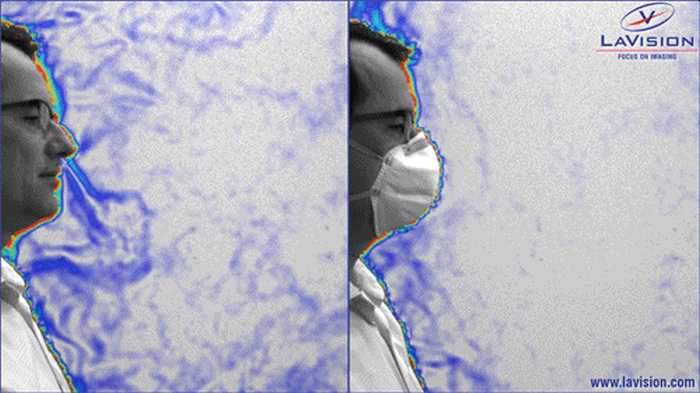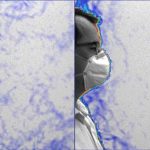Yes, wearing masks can prevent the spread of coronavirus: LaVision BOS Imaging technique shows how masks restrict the spread of exhaled air (Video)

As the debate over wearing masks to contain the spread coronavirus rages on, advanced imaging company LaVision has released just released a new video that shows how effective a face mask can be at preventing the spread of the deadly coronavirus. The video shows how talking, breathing, and coughing compares, with and without a mask.
Using a technique known as Background Oriented Schlieren (BOS) imaging, LaVision imaging technique shows how masks restrict the spread of exhaled air. In the video, LaVision shows that the primary way of person-to-person coronavirus transmission is via aerosols or small droplets created by breathing, sneezing or coughing. The reach of exhaled air can be effectively reduced using a face mask as shown in the video.
A simple Schlieren imaging technique is then applied to visualize the air flow caused by a person breathing and coughing. Using a face mask the exhaled air flow is blocked reducing effectively the risk of infection. Also nicely shown is the heat transfer from the body to the cooler ambient air.
For those of wondering what BOS Imaging is, BOS is an age old photographic technique called “Schlieren” imaging which measures locally the density gradient as an integrated value over the line-of-sight. In practice, only a random dot pattern in the background of the flow is imaged with a high resolution camera before and during the test. By comparing the two pictures (or more precisely correlating the two patterns similar to the image correlation in PIV) the local displacement of the background pattern can be used to provide lateral information on path-integrated refractive index variations.

